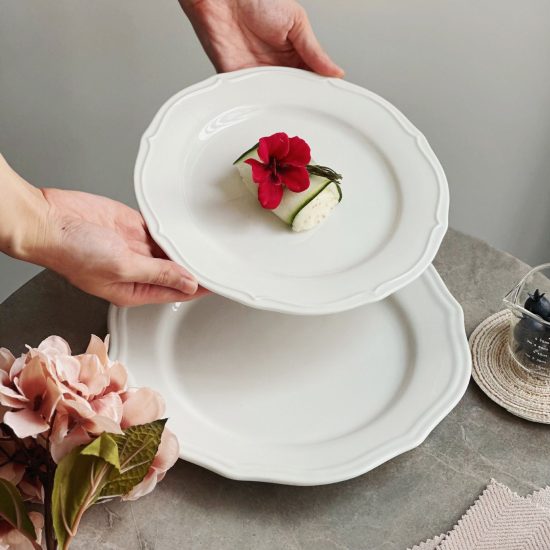The ritual of tea has a long history and is deeply rooted in various cultures around the world. Beyond its role as a simple beverage, tea has become a symbol of tranquility, mindfulness, and finding serenity amidst the chaos of daily life. Engaging in the ritual of tea offers an opportunity to slow down, appreciate the present moment, and cultivate a sense of inner peace. Here are some aspects of the tea ritual that contribute to finding serenity:
- Mindfulness and Presence: The act of preparing and savoring tea encourages mindfulness and being fully present in the moment. From carefully measuring the tea leaves to observing the water temperature and infusion time, every step invites a focused and intentional approach. By immersing ourselves in the tea-making process, we can let go of distractions and worries, cultivating a state of calmness and mental clarity.
- Simplicity and Minimalism: The tea ritual often embraces simplicity and minimalism, emphasizing the beauty in simplicity. It involves paring down the elements to the essentials: hot water, tea leaves, and a teapot or teacup. By appreciating the elegance in simplicity, we can find a sense of tranquility and focus on the present moment without unnecessary clutter or distractions.
- Connection with Nature: Tea is derived from the Camellia sinensis plant, a gift from nature. The tea ritual often encourages a connection with the natural world, whether through the use of natural materials like clay or bamboo in teaware or the appreciation of the tea plant’s origins. This connection with nature can bring a sense of grounding and harmony, fostering a serene environment for reflection and relaxation.
- Ceremony and Ritualistic Gestures: Tea ceremonies and rituals provide a structured framework for the tea experience. Whether it’s the elaborate Japanese tea ceremony or a simpler personal ritual, the prescribed movements, gestures, and etiquette create a rhythmic flow that can induce a meditative state. These intentional actions, such as pouring tea with grace or receiving it with gratitude, help us cultivate a sense of peace and reverence.
- Sensory Delight: The ritual of tea engages our senses, creating a multisensory experience that contributes to serenity. The aroma of the tea leaves, the gentle sound of water boiling, the feel of a warm teacup in our hands, and the taste of the tea on our palate all combine to create a sensory journey. By immersing ourselves in these sensations, we can heighten our awareness, evoke a sense of pleasure, and find solace in the present moment.
- Social Connection and Community: The ritual of tea often involves sharing tea with others, fostering social connection and a sense of community. Tea gatherings provide an opportunity to engage in meaningful conversations, build relationships, and find solace in the company of others. These shared moments of tranquility and connection can be deeply nourishing and contribute to our overall sense of well-being.
By embracing the ritual of tea, we can find serenity by intentionally creating a space for mindfulness, simplicity, connection with nature, and sensory delight. The tea ritual becomes a sanctuary, offering respite from the demands of daily life and allowing us to cultivate a sense of peace, balance, and inner calm.


